The first question that all cannabis growers ask themselves when they start growing cannabis indoors is, well, how to set up an indoor grow. There are many reasons to want to go with this method; the low quality of cannabis found on the street or the high prices are some of the reasons to start growing at home. Other advantages of growing cannabis indoors include having access to particular strains, as well as knowing exactly what goes into the plants, and therefore, your body, when consumed. Organic growing is always highly recommended. However, before we get into the more technical aspects, let’s have a look at planning an indoor grow.
What to Keep in Mind Before Growing Cannabis Indoors
Before you start getting any ideas, it’s important to keep in mind a few basic factors. A little planning is essential to guarantee a successful harvest – let’s have a look at some of the main things to consider.
Do I Have the Right Conditions to Grow Cannabis Indoors?
There are some factors that come into play here:
- Available space: where to set up the grow tent or room – for example, a room with high ceilings and a window provides more possibilities than a small area without a window.
- Personal needs: the amount of cannabis that you consume will also come into play when deciding how much space you need.
- Budget: in this post we’re going to try and get the absolute best for our money; a low budget will obviously have an impact on the quality and quantity of your harvest.
Using second-hand material is usually not recommended, especially if you’re just getting started, as it can cause things to get out of control quite fast.
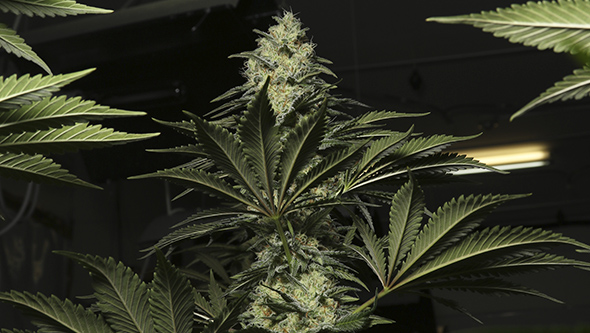
Can I Grow All Year Indoors?
One of the biggest advantages of growing indoors is that, if you have the perfect conditions, you can grow all year round.
The temperature of your indoor grow should be between 22 and 25ºC with the lights on, and around 18 – 20ºC. During the summer, it’s impossible to keep those temperatures stable in an indoor grow without the help of an AC unit – lights also let off heat, which can be an issue.
If you don’t have an AC unit and the temperature goes up too much during the summer, you can grow from autumn to spring (around 3 grows a year, stopping for the summer).
Choosing the Spot – What Type of Room Should you Grow in?
As we were saying, space is an important factor. The space you have available in your grow tent or grow room is directly related to yield – the more space, the more lights and plants will fit and therefore, the more yield you’ll obtain. The amount of available space also determines the kind of lights you can use.
For a grow less than 1.8m tall, you can use CFL or LED lights to get your plants growing; HPS lights let off way too much heat for such a small grow area.
On the other hand, if you have enough space you can set up a large indoor grow, setting up an area for growing, an area for flowering, one for maintaining mother plants, another for clones… this can help reduce the time between harvests.
The ideal place for indoor growing is a room with a window or other outdoor link in order to get rid of any heat generated in the grow (preferably not next door to the neighbours).
Growing In a Room or Grow Tent – Which is Better?
If you have enough space you can choose between using a grow tent or using an entire room to grow in.
The main difference is that if you grow in a room, you’ll need to cover the walls with reflective plastic, protect the floor and possibly make holes for holding up the lights etc. If you’re growing in a room, use the entire room or make sure to separate an area of the room for growing.
We recommend using grow tents, especially for beginner growers, as they make the process much easier; you won’t need to modify a room, and you can easily create a microclimate for your plants. Plus, if you have to take it apart you can easily do so. A high quality grow tent allows you to use the rest of the room for other things (we don’t recommend keeping it in the room where you sleep).
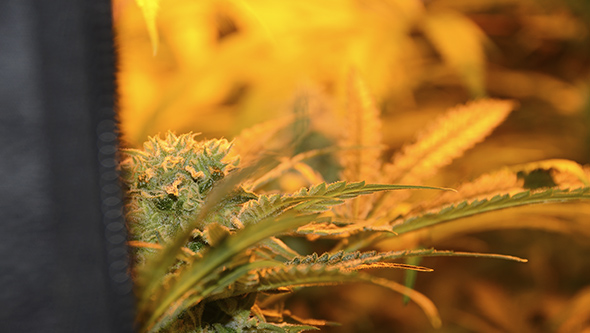
Types of Strains for Indoor Growing – What Seeds to Choose
If this is your first indoor grow, we recommend sticking with just one strain. The structures and flowering times of cannabis plants can vary between strains, which can cause the following issues:
- Having plants that are different in size: this can be bad when it comes to making the most out of your lights, as some plants can end up shading others.
- Different harvesting times: each strain has a different flowering time; while this may not be a massive issue, it can be a bit awkward. Anyone who has grown and harvested cannabis indoors knows that it’s not really ideal to repeat the same process every 15 days.
If you want different aromas and effects…
A great option if you’re looking to harvest different flavours is to plant different strains with similar structures and flowering times. For example, you can place Jamaican Dream and Lemon King in the same spot.
If you’re an expert grower you can experiment with different strains if you’d like.
Can I Grow Autos Indoors?
If you want to grow autoflowering plants, you’re most likely looking to get fast harvests. If you want faster, more stable and higher yielding plants, we recommend planting fast flowering feminized strains, NOT autos – and here’s why:
- Feminized seeds tend to offer more flowers, more cannabinoids, and are generally more stable.
- A fast flowering, non-auto strain can be grown afgter just 30 days of growth (18/6 light cycle) and 45 flowering days (12/12h light cycle), such as many Lemon King and Gorilla Candy strains, and more.
- In order for an autoflowering strain to produce high yields, we recommend 20 hours of light during the entire growing cycle – this, however, does make for a bigger electricity bill.
Conclusion
You can plant autoflowering strains indoors, although you’ll end up spending more on your electricity bills and possibly harvesting less, lower quality flowers than with normal feminized seeds.
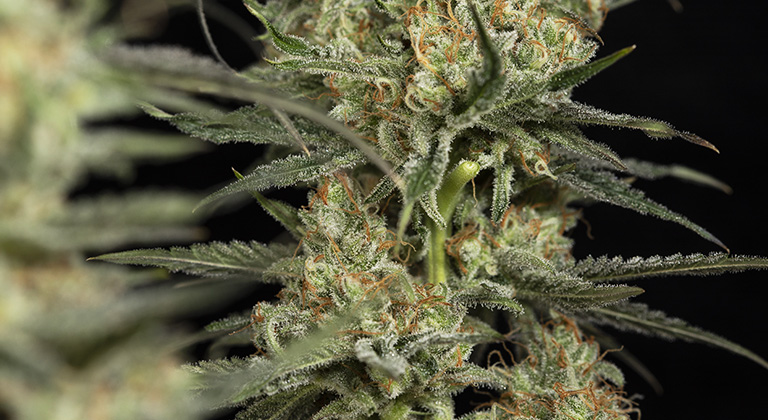
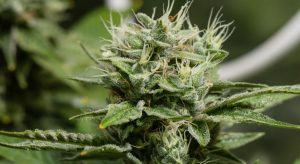
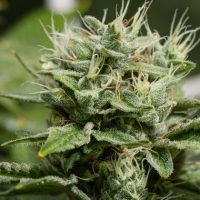
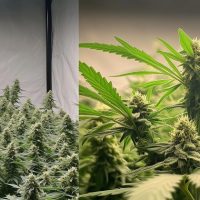
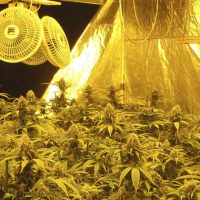
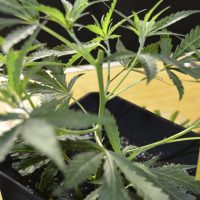

One Response
That was a very comprehensive article on indoor growing, and I liked your take on auto flowers, I hadn’t considered the higher electricity costs from running 20 hours a day